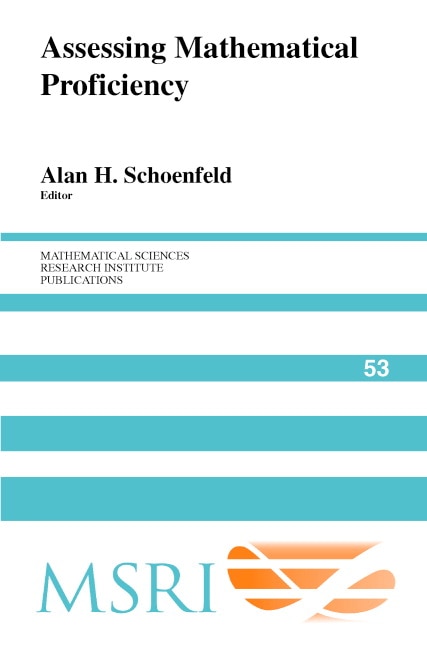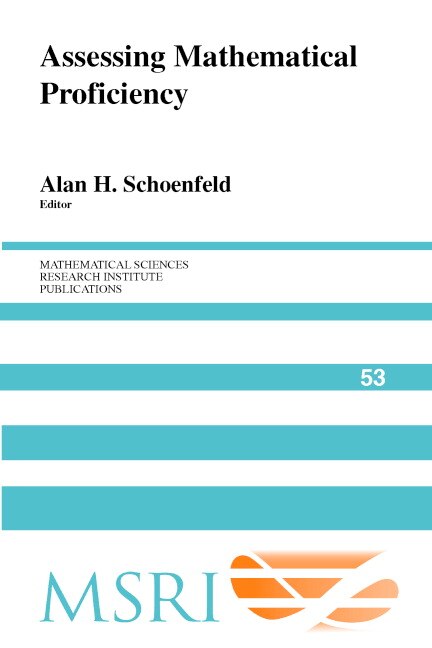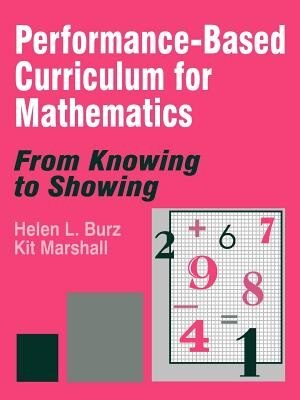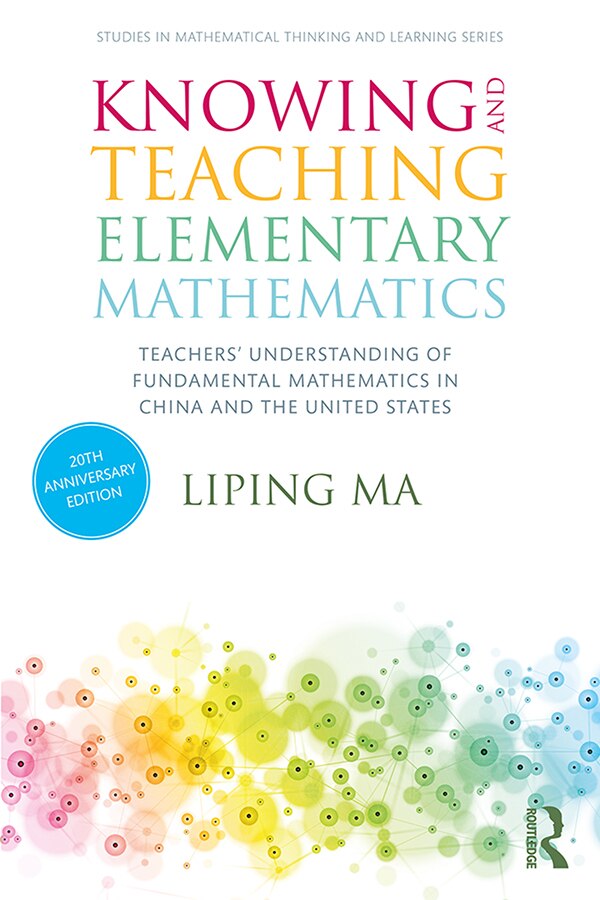Home
What Mathematics Do Students Know and How is that Knowledge Changing? Evidence from the National Assessment of Educational Progress (HC)
Loading Inventory...
Coles
What Mathematics Do Students Know and How is that Knowledge Changing? Evidence from the National Assessment of Educational Progress (HC)
From Peter Kloosterman
Current price: $121.78


Coles
What Mathematics Do Students Know and How is that Knowledge Changing? Evidence from the National Assessment of Educational Progress (HC)
From Peter Kloosterman
Current price: $121.78
Loading Inventory...
Size: 0.81 x 9.21 x 1.513
*Product information may vary - to confirm product availability, pricing, shipping and return information please contact Coles
This volume is intended for researchers, curriculum developers, policy makers, and classroomteachers who want comprehensive information on what students at grades 4, 8, and 12 (the gradesassessed by NAEP) can and cannot do in mathematics. After two introductory chapters on thedesign of NAEP, the volume contains a chapter on the challenges in analyzing NAEP data at theitem level followed by five chapters that report 2005 through 2013 student performance on specificassessment items. These chapters are organized by content area and then by topic (e. g., understanding of place value, knowledgeof transformations, ability to use metric and U. S. systems of measurement) and thus provide baseline data on the proportion ofstudents who are able to complete the mathematics tasks currently used in the upper elementary, middle, and high-schoolmathematics curriculum. Additional chapters focus on student reasoning, U. S. performance on international assessments, andusing construct analysis rather than percent correct on clusters of items to understand student knowledge on specific mathematicstopics. Several themes emerge from the volume. One is that while the rate of improvement in mathematics learning in grades 4 and 8 hasslowed in recent years, it has slowed more on some topics than others. Another is that relatively minor changes in wording can havesignificant effects on student performance and thus it is difficult to be specific about what students can do without knowing exactlywhat questions they were asked. A third theme is that changes in performance over timecan sometimes but not always be understood in terms of what students are taught. Forexample, there were substantial gains on several grade 4 items requiring understanding offractions and that is probably because the amount of instruction on fractions in grades 3and 4 has been increasing. In contrast, while relatively few twelfth-grade students have everbeen good at factoring trinomials, performance on this skill seems to be decreasing. Thissuggests that while more students are completing advanced mathematics courses in highschool, these courses are not helping in the area of factoring trinomials. Finally, there arelimitations to using NAEP as a measure of student performance on the Common Core StateStandards. To the extent that NAEP can be used, however, the NAEP data show a substantialgap between expectations and performance. | What Mathematics Do Students Know and How is that Knowledge Changing? Evidence from the National Assessment of Educational Progress (HC)



















